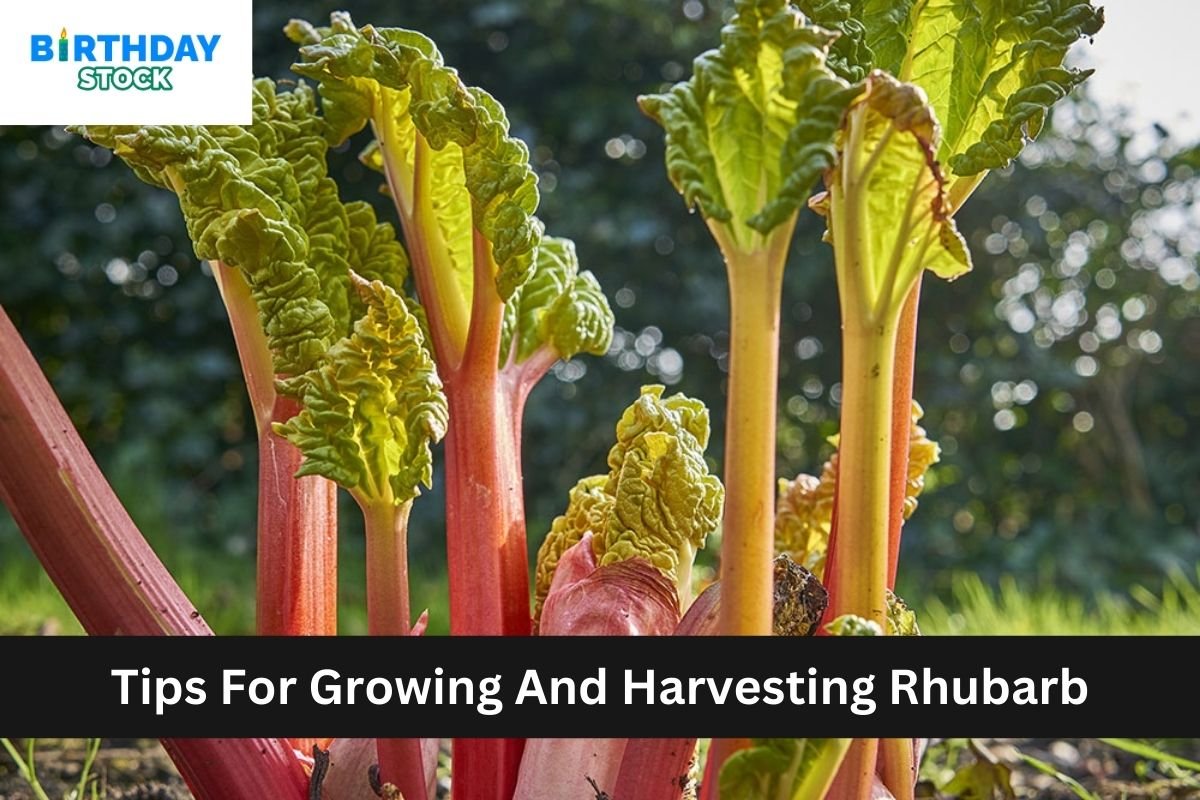How to Grow Your Own Fresh Strawberry Patch :- Just for a moment, try to picture yourself going out into your garden and choosing strawberries that are not only beautiful but also tasteful and fragrant. Not only does developing your own strawberry patch provide you with a wonderful addition to your meals, but it also gives you the joy of cultivating your own food.
How to Grow Your Own Fresh Strawberry Patch
Strawberries are a fruit that can grow in a variety of climates and soil types, making them a good choice for gardeners of all experience levels. Strawberries combine versatility and hardiness, making them an excellent choice. This article will assist you in transforming a basic plot of dirt into an abundant strawberry heaven, regardless of whether you have a large backyard or a small balcony.
Make Sure You Pick the Appropriate Variety
Strawberries can be broken down into three primary categories: The June-bearing variety is characterized by the production of a substantial harvest once a year, typically in the late spring or early summer.
Everbearing These plants produce two to three crops year, one in the spring, one in the summer, and maybe one in the fall.
Also see :- Ice Cream Sandwich Cake Recipe
As long as the temperatures remain between 35 and 85 degrees Fahrenheit, these plants are able to produce berries throughout the whole growing season while being day-neutral. You should select the kind that is most suitable for your climate and the way you prefer to harvest it.
Make sure the soil is ready.
Strawberry plants thrive in soil that is somewhat acidic, with a pH that ranges from 5.5 to 6.8, and has good drainage. If you want to get your soil ready, follow these steps:
Do a soil test to determine: To ascertain the pH and nutrient levels of the soil, a soil testing kit should be utilized.
Make adjustments to the soil: To improve the quality of the soil, use organic materials such as compost or aged manure. Peat moss or sulfur might be added to the mixture in order to bring the pH down if it is too high. Make sure there is adequate drainage: In order to avoid waterlogging, which strawberries are especially susceptible to, raised beds or rows that are mounded can be of great assistance.
Setting up Strawberries in the Ground
When growing strawberries, timing is of the utmost importance. If you want to know something, here it is:
When to plant: Strawberries should be planted in the early spring, as soon as the ground is able to be worked. It is also possible to plant in the fall in regions with milder weather.
Spacing between plants: In order to make room for runners, which are long branches that grow out from the main plant and have the potential to root and generate new plants, plants should be spaced around 18 inches apart in rows that are 36 inches apart.
Depth of the plant: The crown, which is the area of the plant where the roots meet the stem, should be at the same level as the soil. If you plant too deeply, you risk rot, and if you plant too shallow, you risk the roots drying out.
Applying Mulch and Watering the Plants
It is recommended to provide a layer of mulch (straw, pine needles, or black plastic) around the plants in order to assist in the retention of moisture, the suppression of weeds, and the maintenance of clean fruit.
When watering, make sure that the soil is always moist, but not so wet that it becomes saturated. At a rate of approximately one inch of water each week, strawberries require more water during periods of drought. Drinking water first thing in the morning can help lower the likelihood of developing fungal illnesses.
Care and Fertilizing of the Plant
In the process of planting, it is recommended to make use of a fertilizer that is balanced (10-10-10). In the early spring, after the initial planting, the plants should be fed with compost or a balanced fertilizer. This should be repeated after the first harvest takes place.
It is important to eradicate weeds on a regular basis in order to lessen the amount of competition for water and nutrients. There is less weed growth when mulch is used.
If you want larger berries or if you want to create a more confined patch, you should prune the plant and remove any runners that are present.
ensuring the safety of your plants
Pests and diseases: Slugs, snails, and birds are examples of common vermin that might be considered pests. In order to protect your crop, you can make use of organic insecticides, slug traps, or netting.
When dealing with diseases such as powdery mildew or gray mold, it is important to establish enough air circulation and to avoid watering from above.
Care for the winter: You should protect your plants from the colder temperatures by covering them with a thick layer of mulch or straw so that they are insulated during the winter.
The Process of Strawberry Harvesting
It is time to harvest strawberries when they have reached their maximum ripeness and are completely crimson. Select once every couple of days in order to maintain production levels.
In terms of handling: Make sure to keep the green cap attached while you twist or chop the berry gently. Take care not to bruise the berries by handling them delicately, and make sure to keep them in a cold, dry area.
Concluding Remarks
There is a certain amount of work and attention to detail that is required to cultivate your own strawberry patch, but the benefits are well worth the effort.
If you select the appropriate kind, ensure that the soil is correctly prepared, and provide continuous maintenance, you will be able to enjoy strawberries that are fresh and delicious coming straight from your garden. Happy gardening to you!















